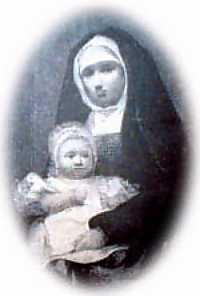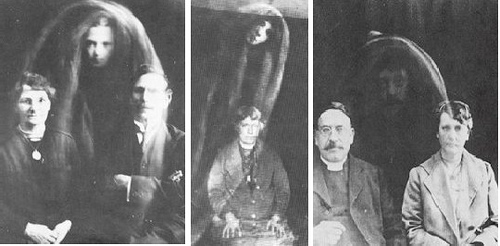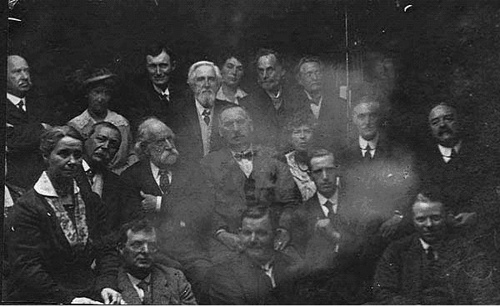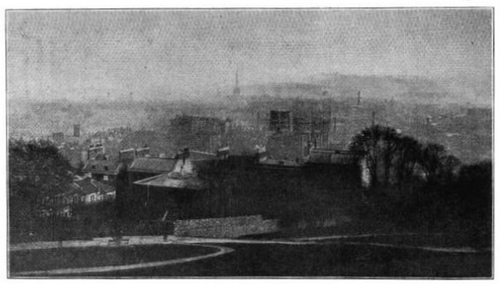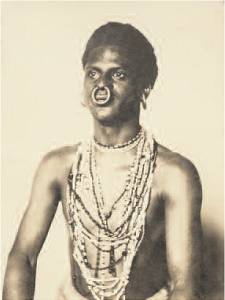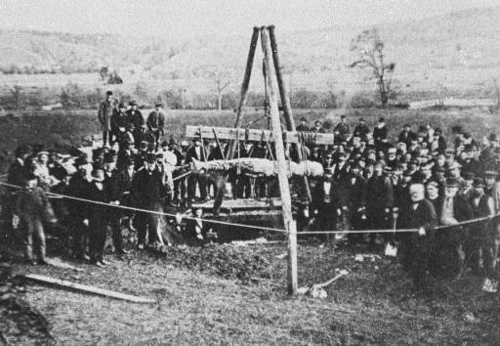Published in London’s Wide World Magazine in 1898, Louis de Rougemont’s adventures in Oceania made a sensation: He had witnessed octopus attacks on the pearl fishers of New Guinea, rode turtles while a castaway on an anonymous Pacific islet, and spent 30 swashbuckling years as a god-king among Australian cannibals. Here he’s beset by migrating rats:
It was impossible for me to observe in what order the rats were advancing, on account of the great stretch of country which they covered. Soon, however, their shrill squeals were distinctly heard, and a few minutes later the edge of that strange tide struck our tree and swept past us with a force impossible to realise. No living thing was spared. Snakes, lizards–ay, even the biggest kangaroos–succumbed after an ineffectual struggle. The rats actually ate those of their fellows who seemed to hesitate or stumble. The curious thing was that the great army never seemed to stand still. It appeared to me that each rat simply took a bite at whatever prey came his way, and then passed on with the rest.
In September an F.W. Solomon wrote in to say that he recognized the author — he was a Swiss manservant named Louis Grien whose nearest approach to the Outback had been a stint as butler to the governor of Western Australia. After some temporizing, De Rougemont vanished; he reappeared the following year in a South African music hall, billing himself as “The Greatest Liar on Earth.”

